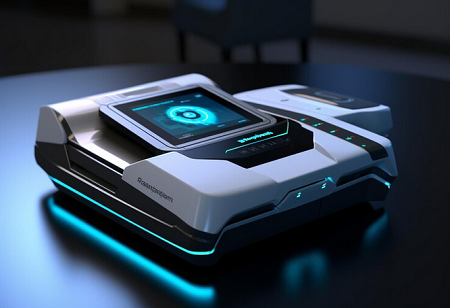
The anticipated growth of the global home diagnostics market is poised to hit USD 9.87 billion by 2032, with a projected annual growth rate of 5.3% until then. Spearheaded by genetic direct-to-consumer (DTC) testing, the landscape of diagnostic testing is swiftly transitioning towards models centered on consumers. Innovations in sampling technology, along with the emergence of rapid and multiplex testing, have reshaped the paradigm of testing, fueled in part by the pandemic acting as a catalyst for this shift.
Noteworthy are the remarkable strides in technology, particularly in the interplay between polymerase chain reaction (PCR) and immunoassay methods, promising a vibrant and expanding global market. This evolution holds significant potential for diagnostics to take a leading role in combatting infectious diseases, with emerging CRISPR-based diagnostics entering the fray. The advancement in diagnostic technology has spurred the creation of sophisticated devices empowering individuals to proactively monitor their health.
The appeal of these home diagnostic devices lies in their convenience, eliminating the need for medical intervention and driving their adoption worldwide. Additionally, the rising prevalence of diseases such as cancer, diabetes, and the increasing reliance on pregnancy test kits further drives the demand for self-testing kits globally, reinforcing the trajectory of diagnostic innovation.
We use cookies to ensure you get the best experience on our website. Read more...